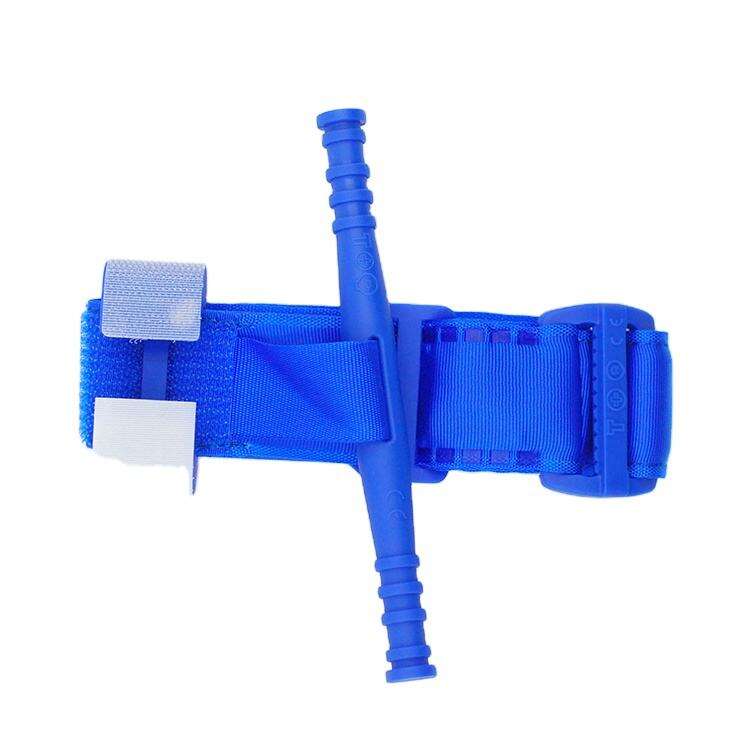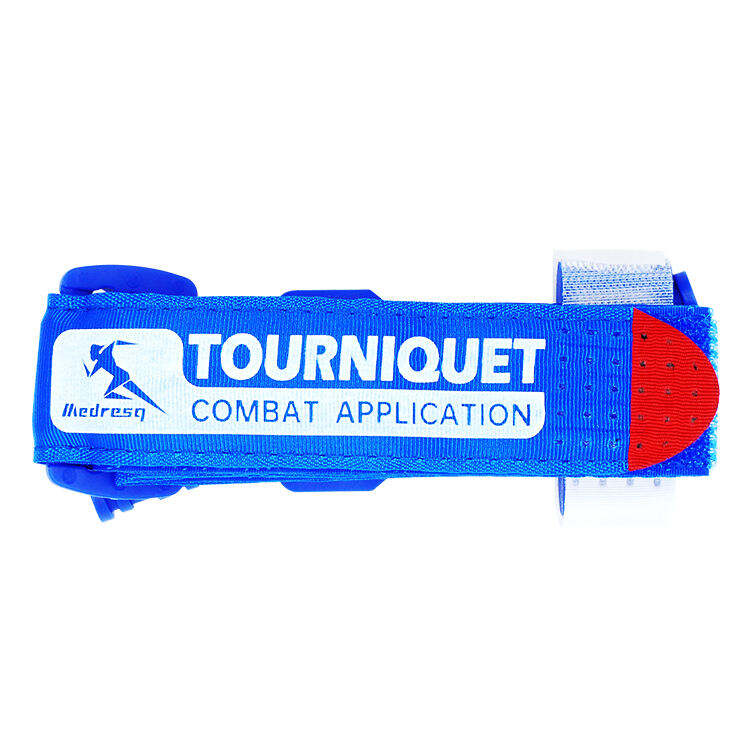Tourniquet is an important instrument in emergency medical response situations, which aim at controlling life-threatening blood loss and saving lives. As much emphasis is put on their original use and performance, another question that is equally significant is their performance in subsequent uses. Understanding how frequent deployments affect the functionality of a tourniquet is important to guarantee safety and reliability both in a training situation and an emergency reuse scenario.
Wear and Fatigue in Straps, Clips, and Windlass Mechanisms
Regular application of a tourniquet is bound to cause wear and weariness on its major parts. The strap, which is usually durable nylon or other such materials, may fray, stretch or weaken due to being tightened and loosened a few times. This is more so when the tourniquet is employed during training where it can be applied on the clothing or over manikins.
Mechanical stress is also applied to the clips and the fasteners that hold the strap in position. Over time, plastic buckles can also form micro-cracks or can be deformed whereas metal parts can experience fatigue or corrosion based on the conditions of storage and use.
It is perhaps the most important component the windlass mechanism- the rod by which the strap is twisted and tightened. During the usage, the windlass experiences a great deal of torsion and pressure. Cranking can cause material fatigue affecting the material and subjecting it to bending, slipping or in severe cases, breaking due to tension. This may severely decrease ability of the tourniquet to obtain or sustain adequate pressure in a practical emergency.

Retention of Tension After Repeated Tightening and Release
A tourniquet should be able not only to reach enough tension to prevent blood flow but also hold on to this pressure until professional assistance is received. The tourniquet could lose its capability of keeping tension after several rounds of tightening and releasing.
This performance loss may be because of a number of factors. The elasticity of the material used as a strap can deteriorate, thus, leaving it a bit stretched when subjected to the constant strain. The locking mechanism may also be worn out, either it can be a clip, hook, or friction-based lock, which can wear down so it does not provide as tight grip and the strap may loose its knot.
A minor loss of pressure in a life-threatening situation may result in recurring bleeding. Thus, tension retention is an important part of tourniquet reliability that should be experimented and confirmed with every use.
Design Features That Improve Long-Term Reliability and Safety
In order to counteract wear and maintain uniform functionality, other design characteristics are of great importance to the long-term functionality of a tourniquet. High stress areas like where the windlass is attached are reinforced with stitching to avoid tearing and increase the life of the device.
Abrasion-resistant, high-quality, and UV-resistant materials used to make the strap increase durability. Moreover, metallic elements constructed of treated or stainless steel will not wear out or even break down when they are used repeatedly.
Other designs have a redundant securing system, like an additional locking clip, or self-locking windlass, to give a backup when the main system becomes ineffective. A hard-plastic windlass that has a rough surface can enhance the grip and minimize the chances of slipping when tightening.
Although these characteristics are usually minor, they are crucial in the serviceability and safety of the tourniquet during the running of tasks over time.
 EN
EN
 FR
FR
 DE
DE
 IT
IT
 JA
JA
 KO
KO
 RU
RU
 ES
ES
 AR
AR
 BG
BG
 HR
HR
 DA
DA
 NL
NL
 FI
FI
 EL
EL
 NO
NO
 PL
PL
 PT
PT
 RO
RO
 SV
SV
 TL
TL
 ID
ID
 SR
SR
 UK
UK
 VI
VI
 SQ
SQ
 TH
TH
 TR
TR
 AF
AF
 MS
MS
 CY
CY
 IS
IS
 HY
HY
 AZ
AZ
 KA
KA
 MN
MN
 MY
MY
 KK
KK
 UZ
UZ
 CS
CS



